Where does calisthenics come from?
Do you know the well-trained guys who stand in the park and let off steam on a railing with a human flag? Or the girls hanging from soccer goals and working out with pull-ups? Yes? These are exactly the people who do calisthenics!
Calisthenics is a bodyweight fitness sport that established itself in New York in the 2000s. Originally, the idea was to train outdoors, whenever possible, without additional equipment and without having to go to an expensive gym. That was the birth of calisthenics! What has developed from this is a movement with countless followers and one of the biggest bodyweight recipes for success alongside Freeletics and Crossfit.
In contrast to these two, calisthenics primarily uses acrobatic elements - the exercises are often based on gymnastics, alternate between static and dynamic and aim for a solid whole body workout training. However, elements from athletics, parcours and gymnastics are now also increasingly being incorporated. Calisthenics is suitable for sports beginners as well as enthusiasts and weight training professionals because the exercise and variation options are virtually unlimited - except for your own creativity.
How effective is calisthenics?

In terms of effectiveness, it can be said that it mainly depends on your individual goals. Do you want to take part in a bodybuilding competition? Do you want to pump every muscle to its maximum mass? Then calisthenics might not be right for you. That's not to say that you can't build muscle - just that the goal is different.
Calisthenics is about training your muscles, coordination and body control with often rhythmic movements using your own body weight and bringing everything into harmony. By working the whole body at the same time using so-called compound exercises - exercises that activate a number of different muscles simultaneously - calisthenics aims to balance out your strengths and weaknesses and make you stronger overall - without any additional weight.
The classic split training you may be used to in the gym is therefore not possible with calisthenics, as several muscle groups are always used in each exercise. Over time, however, your strength endurance will increase, as will the stabilization of your body.
The often slow, dynamic movements promote the complex interaction of your muscles. But because calisthenics is also very strenuous, it's not just your muscles that benefit: it's also a good way to shed excess pounds. The training burns calories, just as growing muscle mass leads to a higher calorie turnover. A good complement to calisthenics is therefore cardio training, for example. This means that neither endurance nor strength endurance exercises are neglected in your training plan.
Advantages of calisthenics at home
Anytime and anywhere

In addition to the physiological aspects, calisthenics also offers a whole range of pragmatic benefits. The first and biggest of these is that with a little ingenuity, calisthenics can be done anytime and anywhere You need nothing more than your own body weight - the rest can be found. Whether it's a banister, a soccer goal or a street sign, you really can practise calisthenics with anything.
Low budget sport

The second advantage is obvious: once you have acquired extensive knowledge, calisthenics is a low-budget sport. As it has become so popular, you can easily gain most of your knowledge about it on the internet or on blogs like this one. And if you decide to buy additional training gadgets to make your workout easier, these are still cheaper than a gym membership.
Tailored to your body

The third advantage lies in the exercises themselves: It's easy to overestimate yourself in gyms. It's difficult to do this with your own body weight. Your muscles are designed to move your body throughout the day - admittedly, this is easier for some than others. But the risk of damaging your intervertebral discs, as with heavy deadlifts, is much lower here. And yet it's easy to work your muscles! Anyone who has ever done 50 squats in a row knows what we're talking about.
Progress through tricks

The fourth advantage: despite all efforts to keep it at body weight, some athletes reach their limits at some point. If you have to do 150 squats just to feel any exertion at all, you will probably soon find that time is too precious. But there is a remedy: with simple weight vests, every exercise can be exercise The progression that is so important for any fitness sport is also available in calisthenics. Even if real calisthenics freaks initially focus on changing the angle and execution rather than adding weight.
Individually adaptable

The fifth advantage follows directly from the previous one: Calisthenics is a completely variable sport. This means you can adapt it exactly to your wishes. Want to improve your maximum strength? Perform the exercise slowly and intensively! Or would you prefer to increase your strength endurance? Increase the number of repetitions! Not only can you vary the exercises by varying the angle or lever arms, but also the intervals and intensities. So you always get exactly where you want to go.
To our Parallettes!
[product="P-00501"]
How often should I train?

There is never a general answer to the question of training frequency. The most important thing is that you don't overload yourself, especially at the beginning (but also later on). It is better to do fewer exercises, but to do them properly. As a rule of thumb, 2 - 4 times a week is standard. Measure the frequency of training according to how often you can fit it into your everyday life without sport becoming a stress factor for you or feeling forced. First and foremost, it should be a relief and fun! Of course, that doesn't mean it should be strenuous - it's important to be challenged, but just as important as not being overwhelmed. Just try it out, you'll find your rhythm!
How do I organize my calisthenics training at home?
Calisthenics offers bodyweight athletes a great deal of freedom. But it's not always easy to make the right choices from the many options available. There are also some exercises that take time to perform correctly. Only those who have a solid foundation will be able to train effectively with their own bodyweight anytime and anywhere.
What do I need to pay attention to?

The most important thing is not to overstrain yourself. That's why, as a beginner, you first need to complete the basic calisthenics exercises until you can do them correctly without hesitation. This is essential and the most important factor in effectively preventing injuries. In addition, incorrect execution not only damages your bones, but also reduces your training results many times over. Clean, controlled execution is the only way to achieve results that will have a long-term positive effect on your body and how you feel.
Progression is also an important aspect for advanced users. The easiest way to achieve progression is to complete more repetitions. Only in the next step can you change the angle and leverage of the exercises and thus make a difference in the execution of the movement. Only those who really feel ready can attempt the supreme disciplines in calisthenics: human flag, handstand push-ups, front levers and muscle ups.
Rest breaks are also an important training element! Your muscle grows during the regeneration phase, in which it recovers from the constantly increasing training stimuli. Warm ups are just as important as rest breaks: stretching and warming up greatly reduce the risk of strain and optimally prepare the muscle for intensive exercise.
Which exercises are important?
Calisthenics, with its many exercises and variations, is infinitely flexible. And yet there are a few exercises that should not be missing from any training plan. These include pull-ups, dips, squats, press-ups and crunches. These exercises train the whole body and are definitely essential for learning new exercises and extensions. Each of them comes in dozens of variations, but everyone should be able to do the standard version. Ready? Here they are, the calisthenics basics:
1. pull-ups

Pull-ups Everyone knows pull-ups. The easiest way to do them is with an underhand grip, i.e. with the inside of your hand facing your face. However, this puts more strain on your biceps; if you switch to an overhand grip with your palm facing the wall, you will feel a greater strain on your upper back, especially your latissimus. You can also vary the width of the grip - the wider it is, the more difficult it is to perform. A little tip: If you can't do pull-ups, you can start by just letting yourself hang and try to pull yourself up bit by bit over time.
[product="P-01009"]
2nd push-up

Perfect for a proudly swelling hero's chest and stable arms: the push-up! There are thousands of variations for the hand position, but the standard is shoulder-width and with the elbows close together and pointing towards the feet when pushing up. You can choose to do wide push-ups, diamond push-ups or one-armed push-ups.
[product="P-01001"]
3. dips

If feasible, the following should be performed dips should be included in every training plan. Highly effective exercise for the chest, shoulders and triceps by simply pushing your own weight upwards. Similar to push-ups, the elbows must be close to the body and the back stretched out. Many people tend to lean too far forward when doing dips, causing them to swing in the air. Because there is a certain risk of injuring the shoulders, this should be avoided at all costs!
[product="P-00062"]
4. squats

The indispensable all-rounder for the lower half of the body and therefore the largest muscle group in your body. Squats train your legs, back, bottom and core at the same time. It is particularly important to keep your back straight and it is also advisable to stretch your calves a little so that your knees don't look over the tops of your feet. There are also many variations of squats, but you are guaranteed not to go wrong with the standard version.
5. crunches

Fortunately, our abdominal muscles are highly regenerative, which means that they only need a short rest to function relatively well again. It is therefore a good idea to train the abdominals in quick intervals with short breaks in between. Crunches are the standard movement, but you can also do leg raises, leg lifts and lots of other exercises.
The best training equipment for at home
You never need much for calisthenics. A pull-up bar, a bar and some open space are usually enough. Nevertheless, it is easier and more convenient to have a few useful gadgets - especially if you want to train seriously. Here are the most useful tools to round off your calisthenics experience:
1. pull-up bar

Pull-up bars like this one are easy to attach and essential for basic exercises such as pull-ups, but also beneficial for abdominal and core exercises.
Find out more about our pull-up bar now!
[product="P-00062"]
2. parallettes

Parallettes like these are similar to dip bars, only lower. You can move your body up and down on them using the strength of your arms. They are ideal for training the L-sit in particular, which strengthens your core.
Find out more about our wooden Parallettes now!
[product="P-00501"]
3. resistance bands

Resistance bands are a method of creating progression. The increased resistance increases the stimulus on your muscles, which adapt and grow as a result. A good alternative to classic weights!
[product="P-00095"]
4. push-up grips

If you train push-ups intensively, you will quickly reach a high number of repetitions. With the push-up grips make it more difficult to perform because the chest can be lowered further. Ensures that you work up a sweat even with less than 100 repetitions!
Find out more about our wooden push-up grips now!
[product="P-01001 "]
5th rings

If there's one thing that supports the gymnastics stereotype of calisthenics people, it's the gymnastic rings. But they are also irreplaceable: Their dynamic nature requires a particularly high level of muscle mobility, something that can become very stable in the core and push your coordination.
[product="P-00080"]
6. wrist wraps

Executions often fail not because of muscle strength, but because of the power in the wrists. Wrist wraps counteract this: they stabilize your wrists and allow you to complete movements cleanly.
[product="P-01007"]
7. weight vest/weight belt
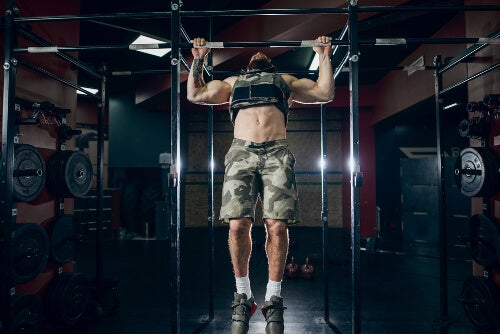
If you want to do without a lot of bells and whistles but still want to increase your strength, a weight vest is the right thing for you. Same design as before, only this time with more iron on the back! Easy to implement, great training success.
Conclusion
Calithenics is a varied fitness sport that puts your stamina to the test. Those who persevere are rewarded: with a healthy, balanced body and a varied training program. In contrast to other bodyweight sports such as Freeletics or Crossfit, Calisthenics focuses on calm, concentrated movements that work every muscle fiber. It is suitable for both individual and group sports and can be adapted to any life situation. What more could you want?
Are you looking for the right calisthenics accessories to complement your calisthenics training?
We at Pullup & Dip offer you high-quality calisthenics accessories for indoor & outdoor.

Other recommended articles:
Training with your own body weight - the 11 best calisthenics exercises for beginners
Benefits of calisthenics - 6 reasons why you should start with calisthenics
The top 10 most effective bodyweight exercises for at home and on the go
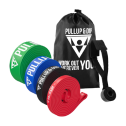
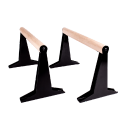
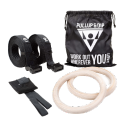


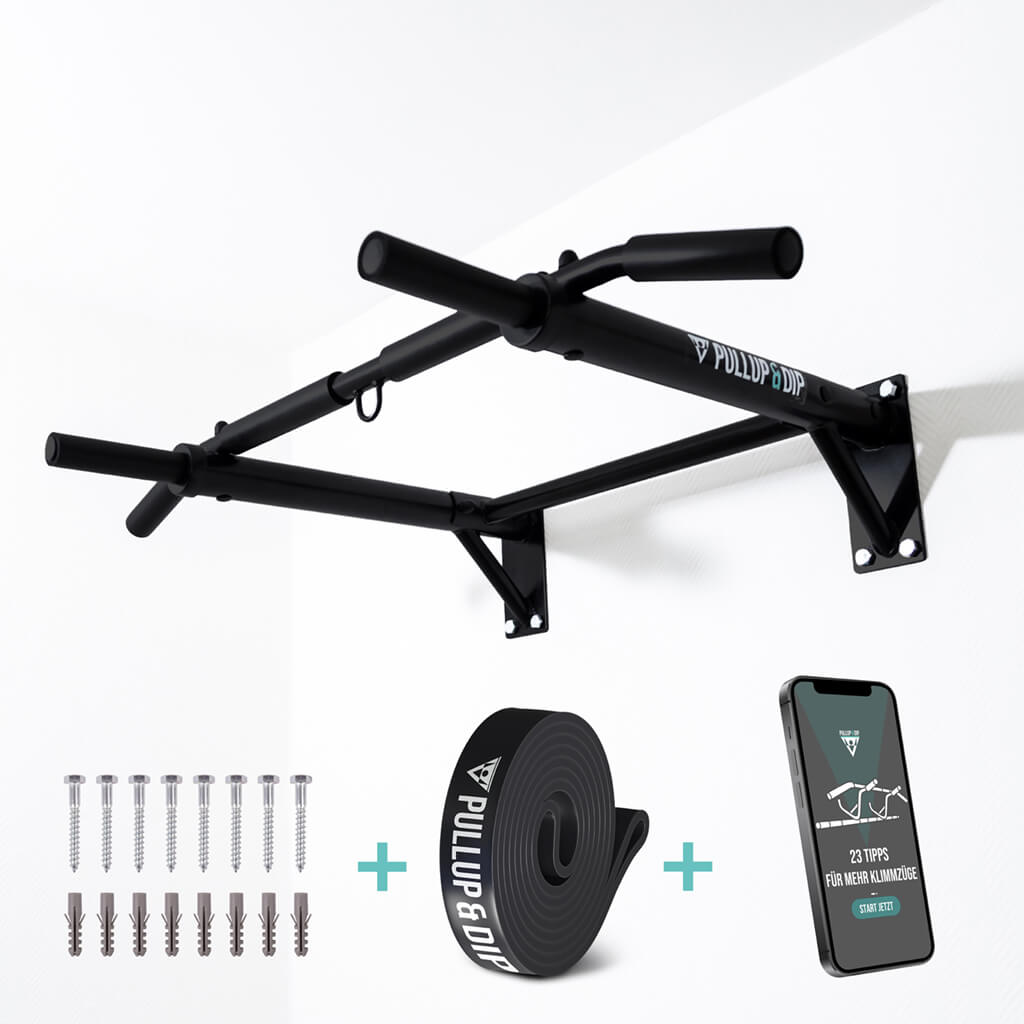
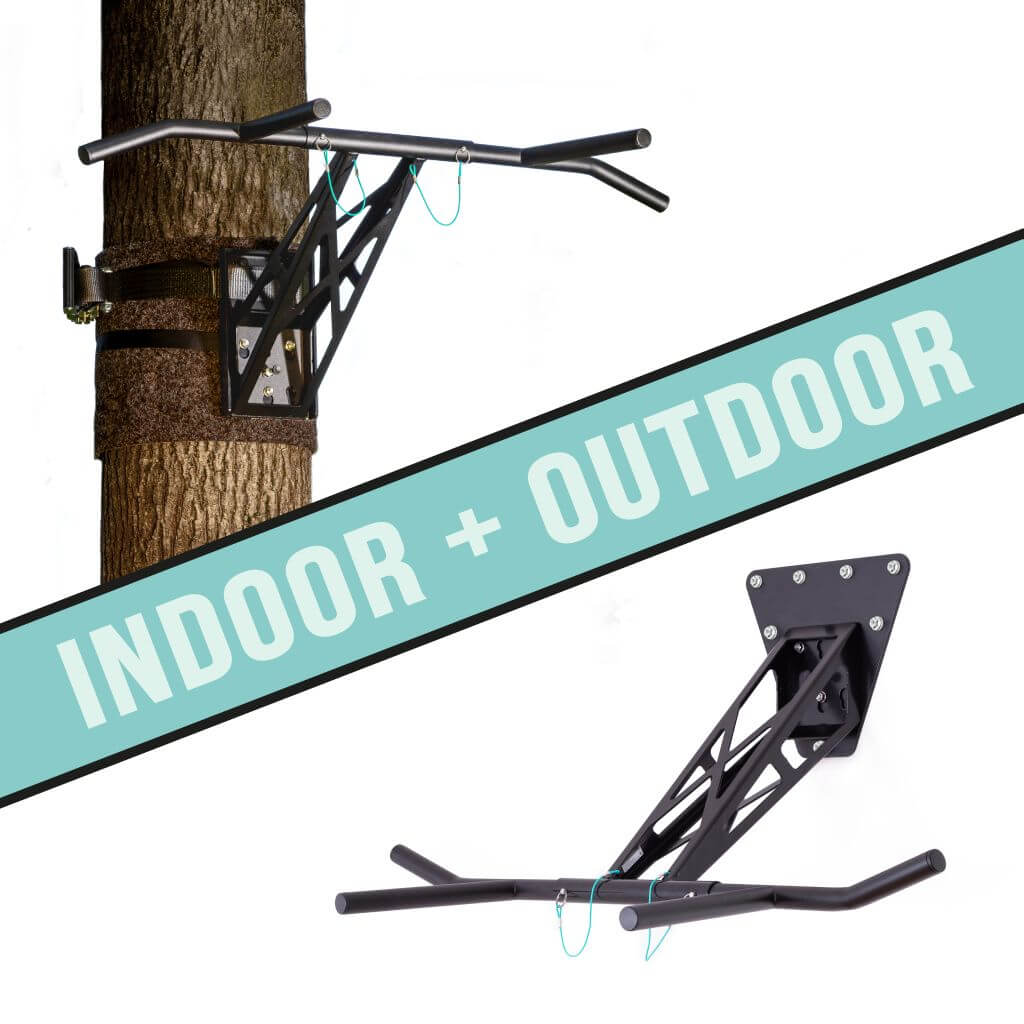
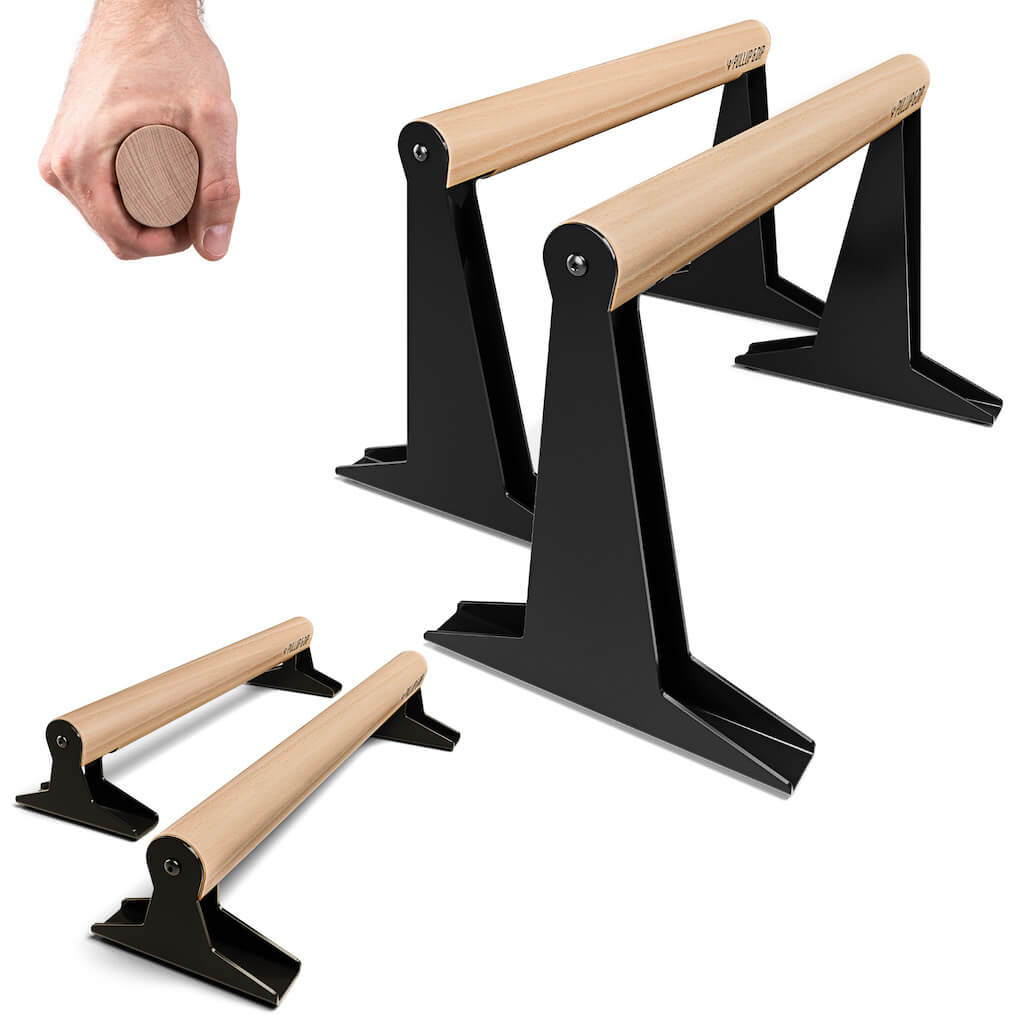
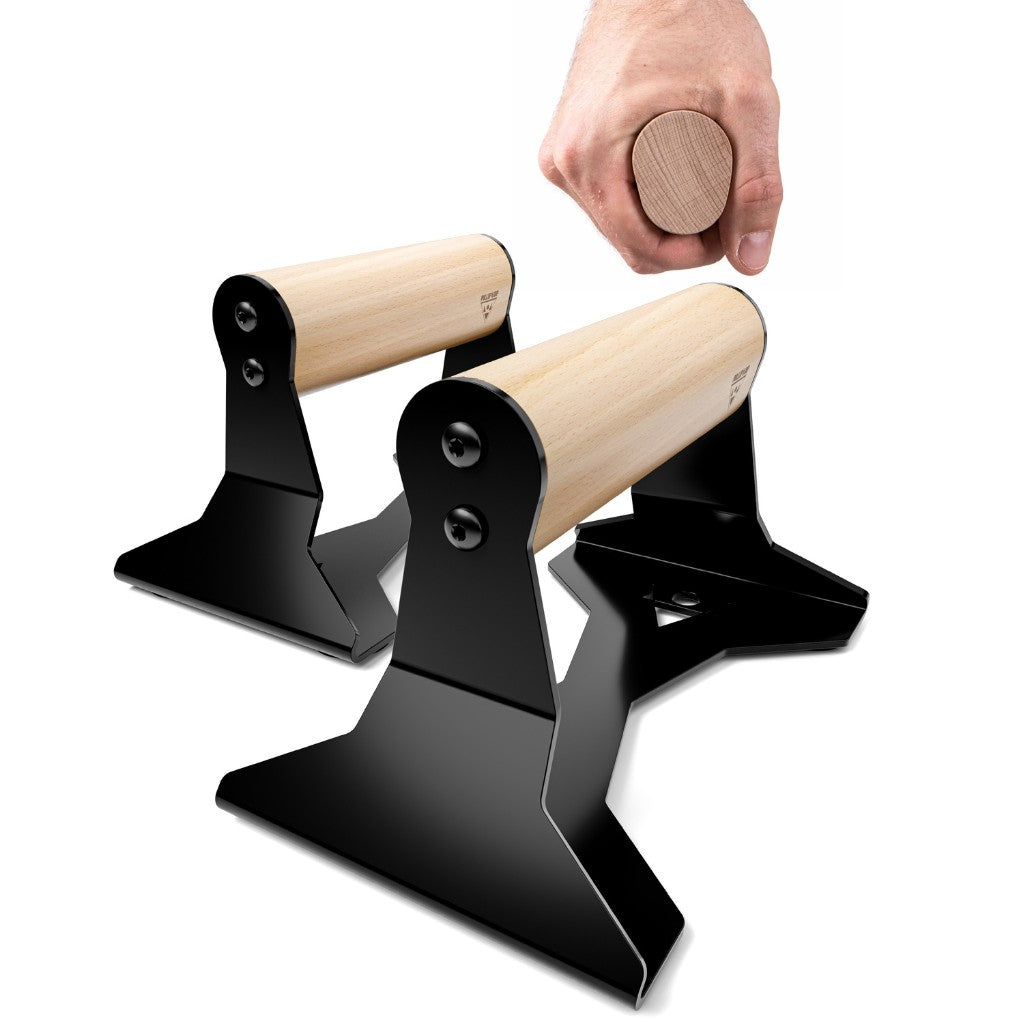
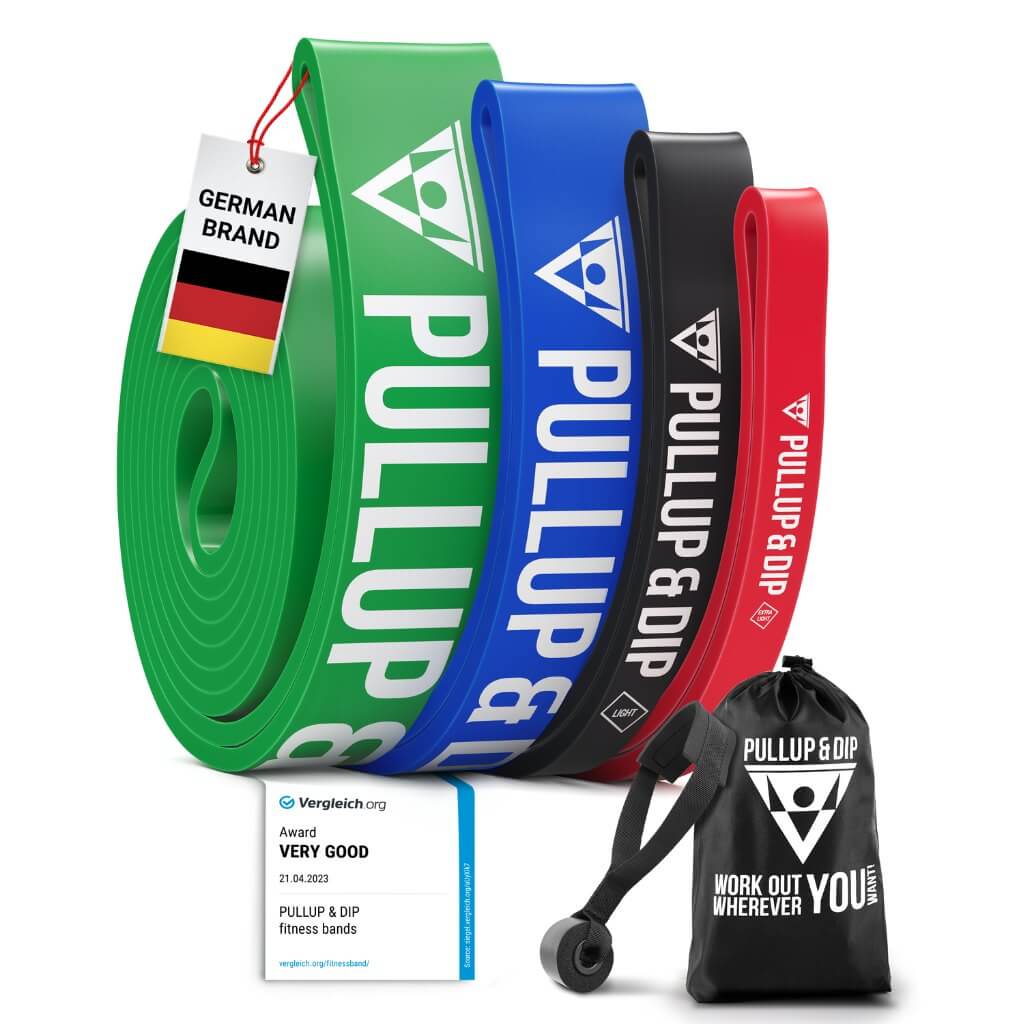
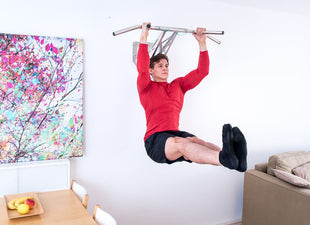
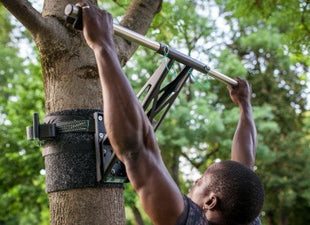
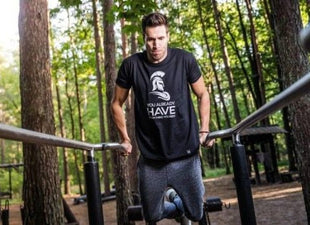
1 comment
Yogesh
I need e book
I need e book
Leave a comment
All comments are moderated before being published.
This site is protected by hCaptcha and the hCaptcha Privacy Policy and Terms of Service apply.